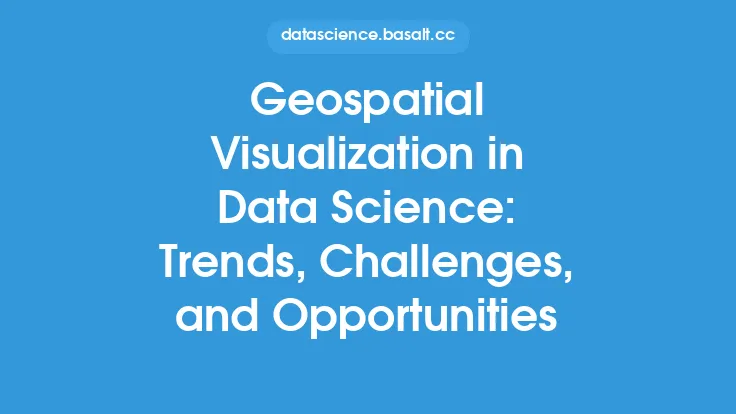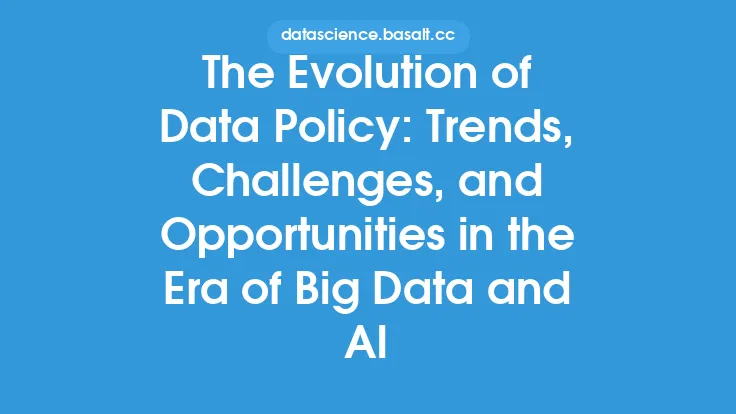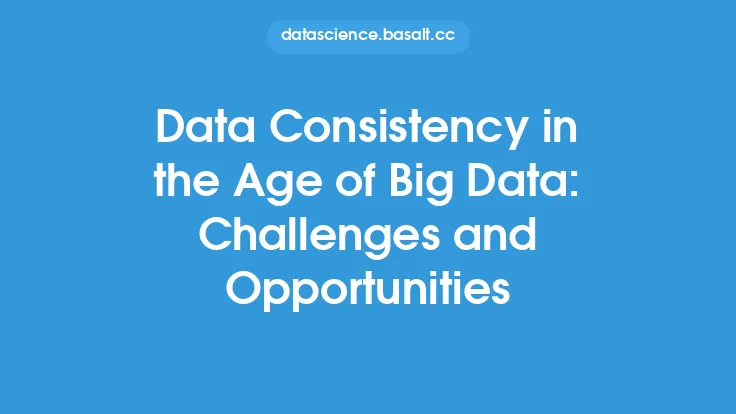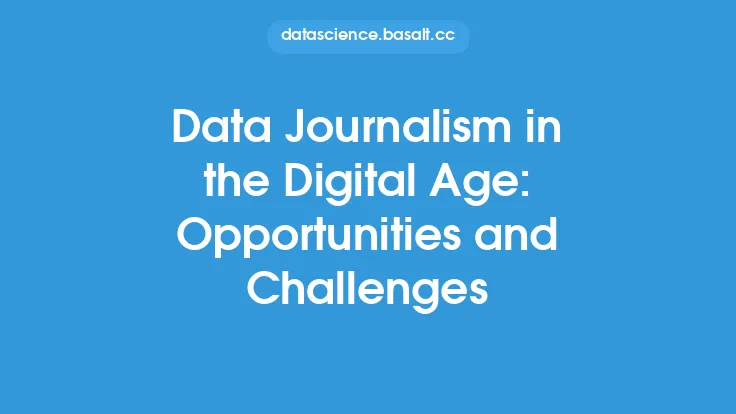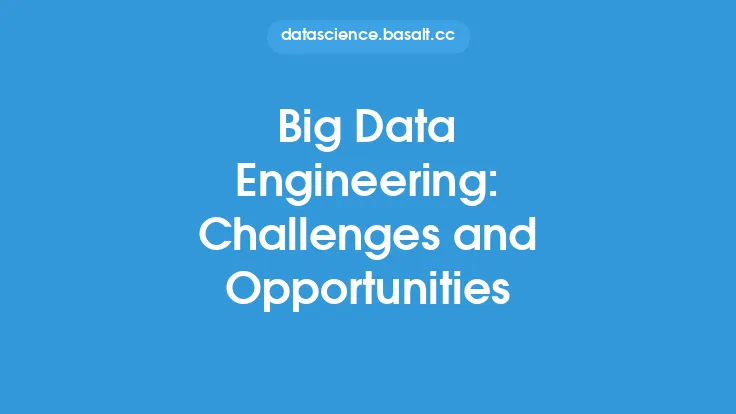The sheer volume and complexity of big data have made pattern discovery a crucial aspect of data mining. As the amount of data generated from various sources continues to grow exponentially, the need to uncover hidden patterns, relationships, and insights from this data has become increasingly important. Pattern discovery in big data involves the use of advanced algorithms and techniques to identify meaningful patterns, trends, and correlations within large datasets. However, this process is not without its challenges, and several opportunities have emerged as a result of the growing importance of big data analytics.
Challenges in Pattern Discovery
One of the primary challenges in pattern discovery is dealing with the high dimensionality of big data. As the number of features or variables in a dataset increases, the complexity of the data also increases, making it more difficult to identify meaningful patterns. This is often referred to as the curse of dimensionality. To overcome this challenge, dimensionality reduction techniques such as principal component analysis (PCA) and singular value decomposition (SVD) can be used to reduce the number of features in the data while preserving the most important information.
Another challenge in pattern discovery is handling noisy and missing data. Big data is often noisy and may contain missing values, which can affect the accuracy of pattern discovery algorithms. Data preprocessing techniques such as data cleaning, feature scaling, and imputation can be used to handle noisy and missing data. Additionally, robust pattern discovery algorithms that can handle noisy and missing data, such as the k-nearest neighbors (k-NN) algorithm, can be used to identify patterns in big data.
Opportunities in Pattern Discovery
Despite the challenges, pattern discovery in big data also presents several opportunities. One of the most significant opportunities is the ability to uncover hidden insights and patterns that can inform business decisions. By analyzing large datasets, organizations can identify trends, patterns, and correlations that can be used to improve operational efficiency, reduce costs, and increase revenue. For example, a retail company can use pattern discovery to identify customer purchasing patterns and preferences, which can be used to develop targeted marketing campaigns and improve customer satisfaction.
Another opportunity in pattern discovery is the ability to develop predictive models that can forecast future events and outcomes. By analyzing historical data, organizations can identify patterns and trends that can be used to predict future events, such as customer churn, credit risk, and demand for products and services. Predictive models can be developed using machine learning algorithms such as decision trees, random forests, and neural networks, which can be trained on large datasets to make accurate predictions.
Pattern Discovery Techniques
Several pattern discovery techniques can be used to identify meaningful patterns in big data. One of the most common techniques is clustering, which involves grouping similar data points into clusters based on their features and characteristics. Clustering algorithms such as k-means and hierarchical clustering can be used to identify patterns in big data. Another technique is association rule mining, which involves identifying patterns and relationships between different variables in a dataset. Association rule mining algorithms such as Apriori and Eclat can be used to identify patterns in big data.
Pattern Discovery Algorithms
Several pattern discovery algorithms can be used to identify meaningful patterns in big data. One of the most common algorithms is the k-nearest neighbors (k-NN) algorithm, which involves identifying patterns in data by finding the k most similar data points to a given data point. The k-NN algorithm can be used for classification, regression, and clustering tasks. Another algorithm is the support vector machine (SVM) algorithm, which involves identifying patterns in data by finding the hyperplane that maximally separates the data into different classes. The SVM algorithm can be used for classification and regression tasks.
Real-World Applications
Pattern discovery has several real-world applications in various industries, including healthcare, finance, and marketing. In healthcare, pattern discovery can be used to identify patterns in patient data, such as disease diagnosis and treatment outcomes. In finance, pattern discovery can be used to identify patterns in financial data, such as credit risk and portfolio optimization. In marketing, pattern discovery can be used to identify patterns in customer data, such as purchasing behavior and preferences.
Conclusion
Pattern discovery in big data is a crucial aspect of data mining that involves the use of advanced algorithms and techniques to identify meaningful patterns, relationships, and insights from large datasets. While there are several challenges associated with pattern discovery, such as dealing with high dimensionality and noisy data, there are also several opportunities, including the ability to uncover hidden insights and develop predictive models. By using pattern discovery techniques and algorithms, organizations can gain a competitive advantage by making informed business decisions and improving operational efficiency. As the amount of big data continues to grow, the importance of pattern discovery will only continue to increase, making it a vital aspect of data mining and business analytics.
